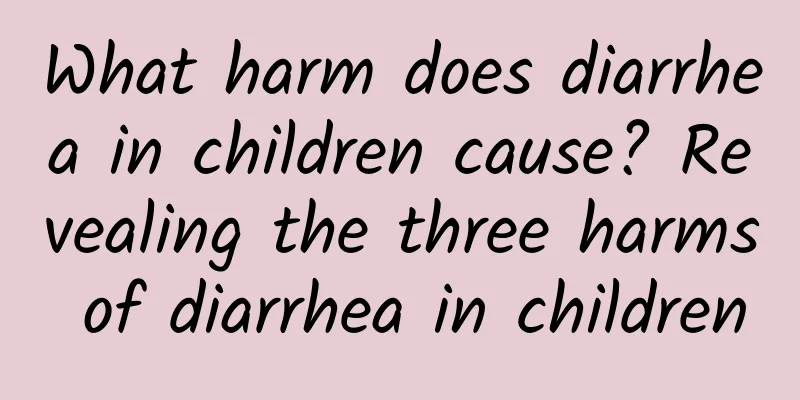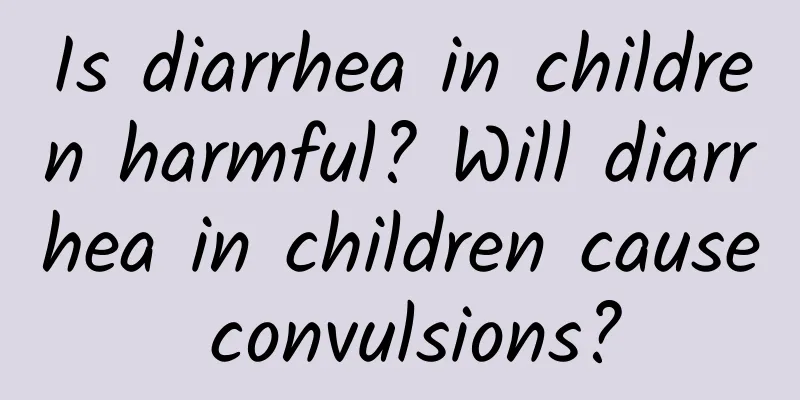What are the various diagnostic methods for Kawasaki disease?

|
Many children have weak constitutions, so they are prone to some diseases, including Kawasaki disease. The symptoms of this disease are very similar to those of a cold, so parents and friends are reminded to pay attention to it in life. We need to understand the various diagnostic methods of Kawasaki disease so that we can easily deal with the occurrence of the disease. Let us learn about it together. To determine whether you have Kawasaki disease, you need to look at the following six aspects: 1. Continuous fever for more than 5 days, accounting for 94% to 100% of all patients. The fever is mostly above 38 degrees or even 40 degrees. Compared with upper respiratory tract infection, Kawasaki disease patients are generally in poor condition at the beginning of the disease, with poor appetite and poor spirits. Most of them are more serious when they are onset. 2. Conjunctival congestion in both eyes, accounting for 86% to 90% of all patients. Conjunctival congestion in both eyes, but no eye secretions. 3. Manifestations of the lips and oral cavity: red, swollen and moist lips, diffuse redness of the oral mucosa, chapped lips, and bayberry tongue. 4. Swollen lymph nodes in the neck: This symptom has the lowest frequency among all the main symptoms. The incidence rate in children under two years old can be as low as 50%. Many children under two years old do not have swollen lymph nodes in the neck. 5. Polymorphic rash: The rash is polymorphic, without blisters or crusts. The erythema may fade gradually or form larger spots, like a map. Another key to early diagnosis is the appearance of a prominent erythema at the BCG vaccination site at the same time as the fever, before the appearance of rashes in other parts of the body. 6. Changes in the extremities: In the acute phase, erythema appears on the palms and soles of the feet in 87%-95% of cases, and hard swelling in about 75%. In the recovery phase, the fingers and toes begin to peel off in patches, which appear one after another with other main symptoms. The palms and soles of the feet are red and swollen, and hard and swollen like frostbite. On the 10th to 15th day of the onset, the fingers and toes begin to peel off in patches. The diagnosis of Kawasaki disease is relatively simple, as long as 5 out of 6 symptoms are present, the diagnosis can be made. If only 4 out of 6 symptoms are present, but coronary artery aneurysm (or arterial enlargement) is confirmed by echocardiography or cardiovascular angiography, the diagnosis can be confirmed on the basis of excluding other diseases. |
<<: What should patients with Kawasaki disease eat?
>>: What are the diagnostic criteria for Kawasaki disease?
Recommend
How to treat pseudojaundice? Three methods of treating pseudojaundice
Pseudojaundice is mostly caused by dietary factor...
What is the diagnosis basis for pneumonia in children?
Neonatal pneumonia is a particularly common disea...
What are the treatments for jaundice?
Jaundice is a common symptom and sign. It occurs ...
How to cure diarrhea in children
Because children have weak resistance, they are o...
What are the dangers of ADHD?
Parents are still reluctant to let their children...
Can children with diarrhea take montmorillonite powder?
Children with diarrhea can take montmorillonite p...
What is the cause of polio?
After suffering from polio, many parents are not ...
What is the cause of children's cough? How to treat children's cough?
There are many causes of children's cough, su...
What are some simple ways to prevent mumps?
As people's pace of life accelerates, many pe...
What are the drugs used to treat patent ductus arteriosus?
What are the drugs for treating patent ductus art...
What are the drugs for treating seizures?
What are the drugs for treating convulsions? The ...
What are the characteristics of influenza in children? How to prevent influenza in children?
How to tell whether a baby has a common cold or f...
What should children eat to cure cough? How to treat children's cough with diet
Coughing is a very painful thing, and the course ...
Can pediatric eczema be cured? Do you know the 4 common misunderstandings about pediatric eczema?
Parents regard their children as their treasures ...
Necessity of Diarrhea Examination in Children
Drawing blood is a necessary means to check vario...









